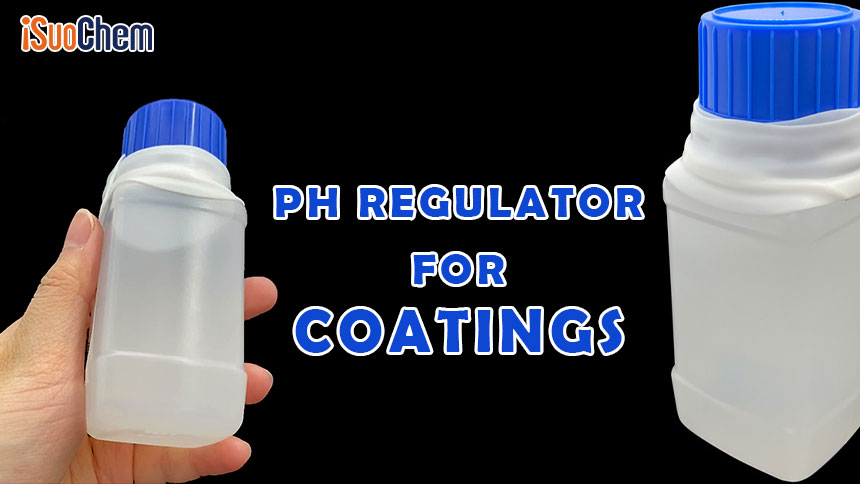Welcome to the Ultimate Guide to pH Regulation!
In this comprehensive article, we'll delve into the world of pH regulation, exploring its significance, principles, and practical applications across various industries.
Part 1: Introduction to pH Regulation
What is pH?
pH, which stands for "potential of hydrogen," is a measure of the acidity or alkalinity of a solution. It is defined as the negative logarithm of the concentration of hydrogen ions in a solution. The pH scale typically ranges from 0 to 14, where pH 7 is considered neutral, pH below 7 indicates acidity, and pH above 7 indicates alkalinity.
Understanding pH is essential because it influences chemical reactions, biological processes, and the behavior of substances in various environments. Whether it's the acidity of soil affecting plant growth or the pH of water impacting aquatic life, pH plays a critical role in maintaining balance and stability in natural and engineered systems.
Importance of pH Regulation
pH regulation is crucial for maintaining the health and functionality of ecosystems, industries, and infrastructure. In natural environments, organisms have evolved to thrive within specific pH ranges, making pH regulation essential for preserving biodiversity and ecological balance.
In industrial settings, pH control is vital for optimizing processes such as chemical manufacturing, food production, and wastewater treatment. Improper pH levels can lead to product defects, equipment corrosion, and environmental pollution, highlighting the importance of effective pH regulation in ensuring operational efficiency and environmental compliance.
Basic Principles of pH Regulation
At its core, pH regulation involves the adjustment of pH levels to desired ranges through the addition of acidic or alkaline substances known as pH regulators. These regulators can be chemical compounds, biological agents, or natural additives that interact with the solution to alter its acidity or alkalinity.
The principles of pH regulation are grounded in chemical equilibrium and buffer systems, which help resist changes in pH when acids or bases are added to a solution. By understanding the underlying chemistry and physics of pH, we can implement effective pH regulation strategies to achieve desired outcomes in diverse applications.

Part 2: Application of pH Regulation in Paint Formulations
Multi-Functional Additive in Paints
This product serves as a multi-functional additive with unique properties beneficial for paint formulations. Not only does it effectively control the pH value of the system, but it also exhibits excellent wetting and dispersing effects on the paint. By optimizing filler dispersion, it reduces the amount of the main dispersant required, leading to cost savings and improved efficiency in paint production.
Moreover, this additive enhances the performance of the paint film, including brush resistance, water resistance, and gloss. Its clean taste ensures minimal impact on the final paint product's characteristics, making it suitable for various paint applications.